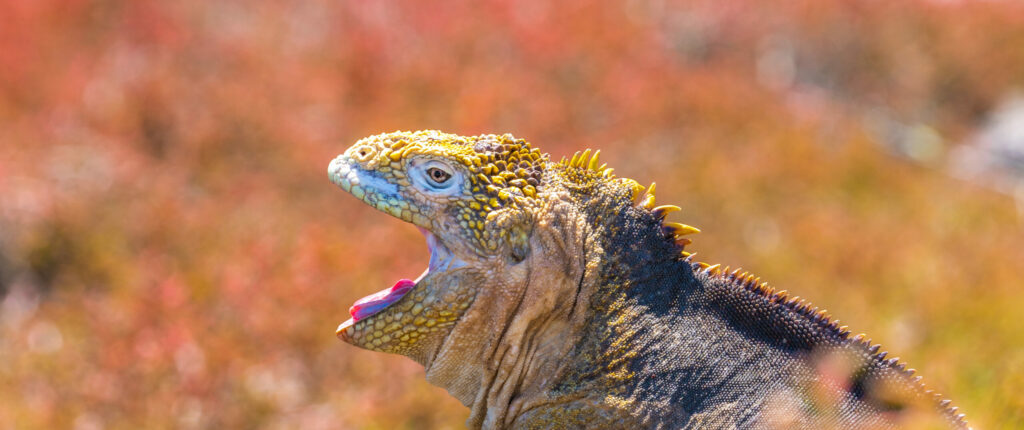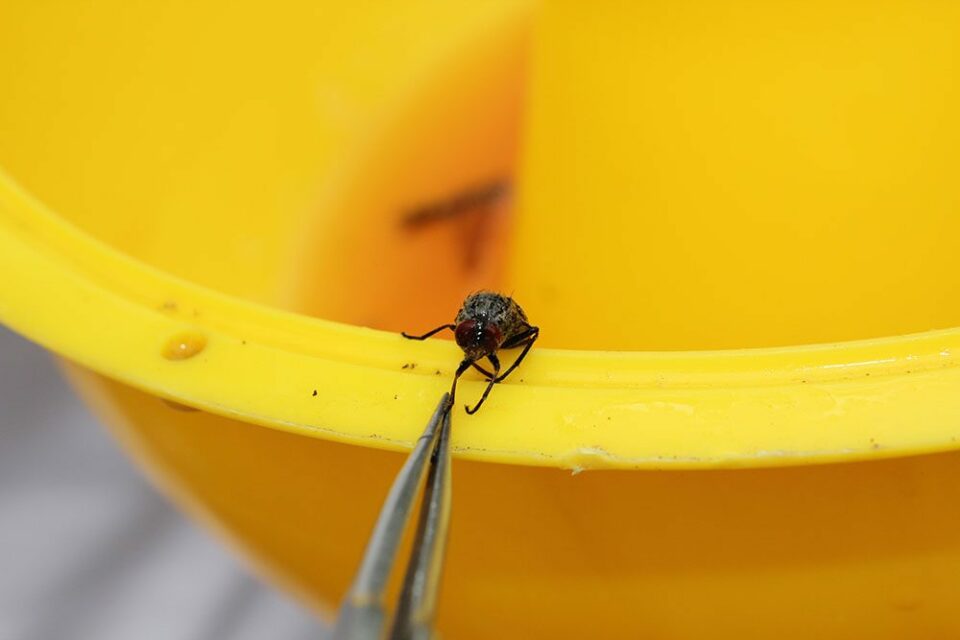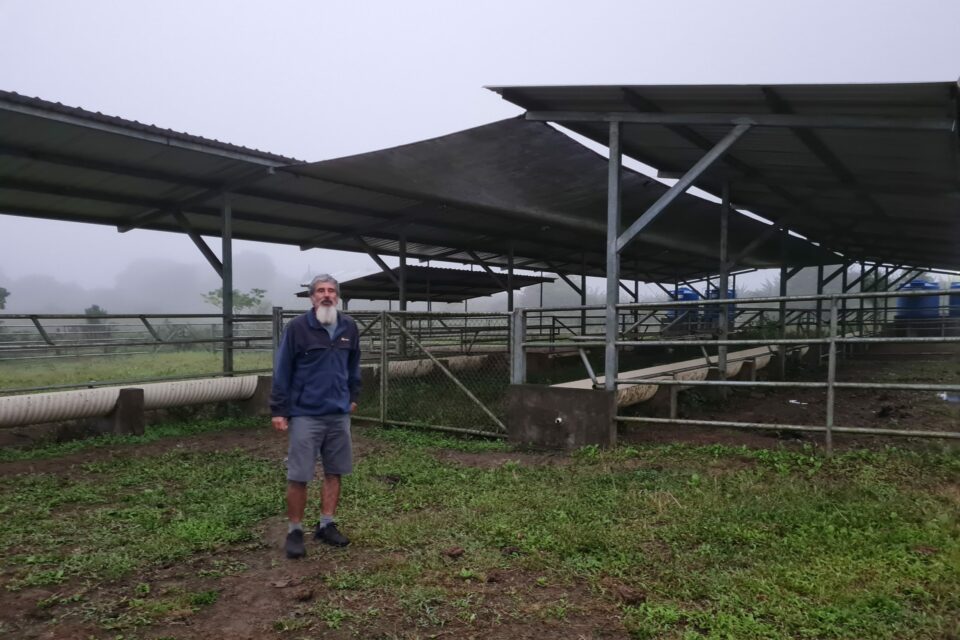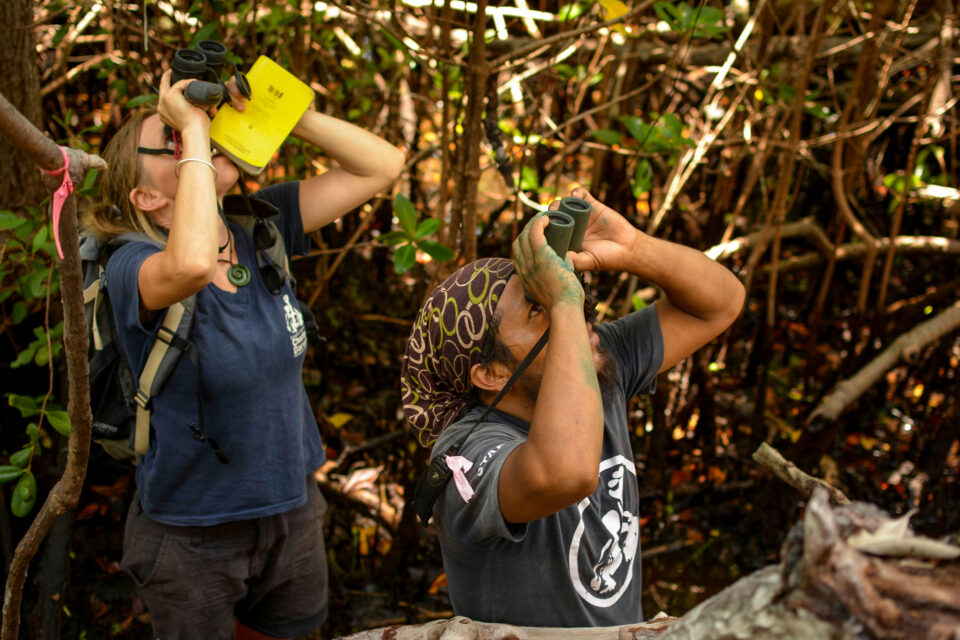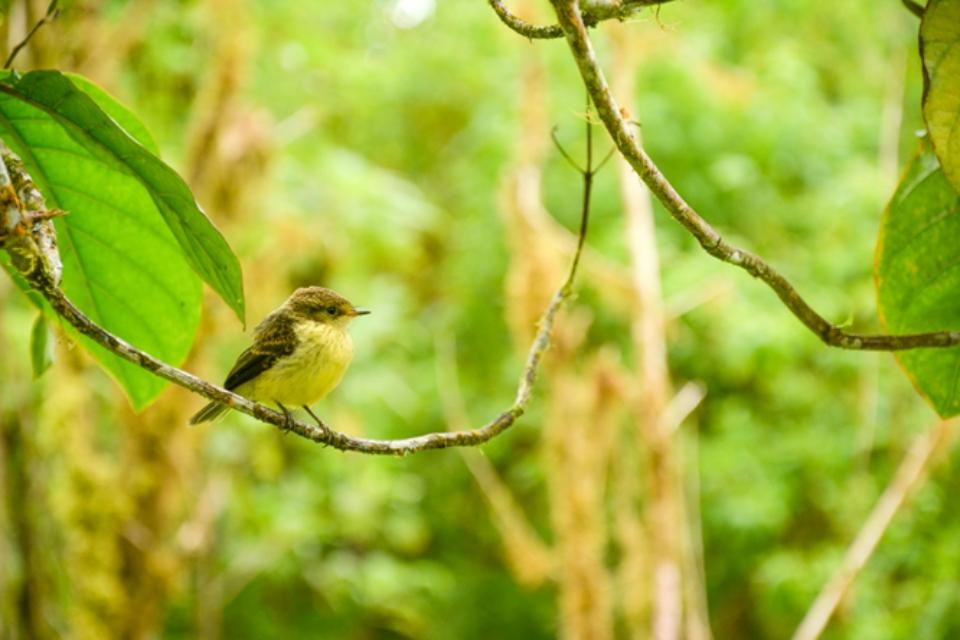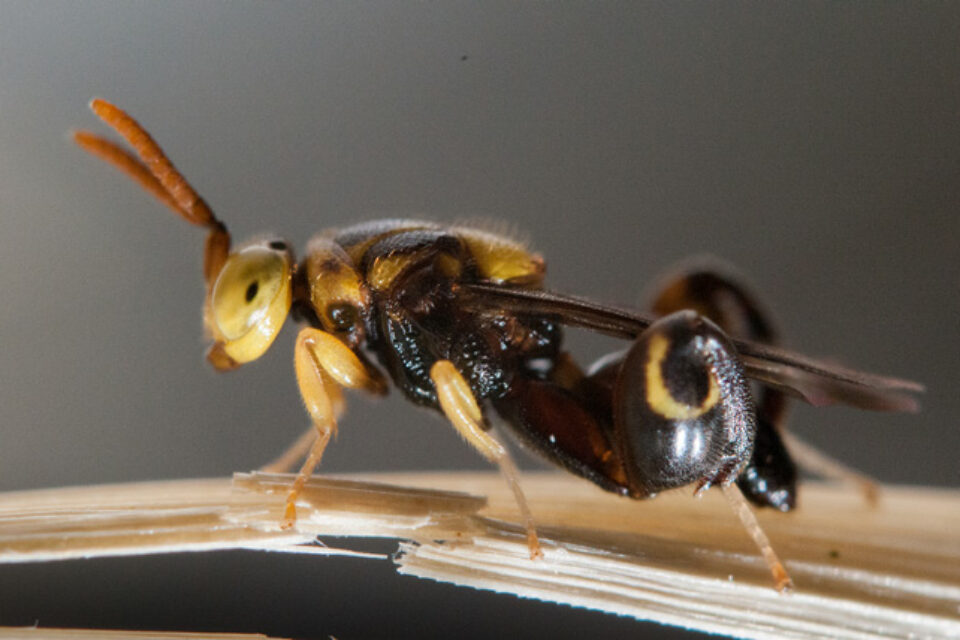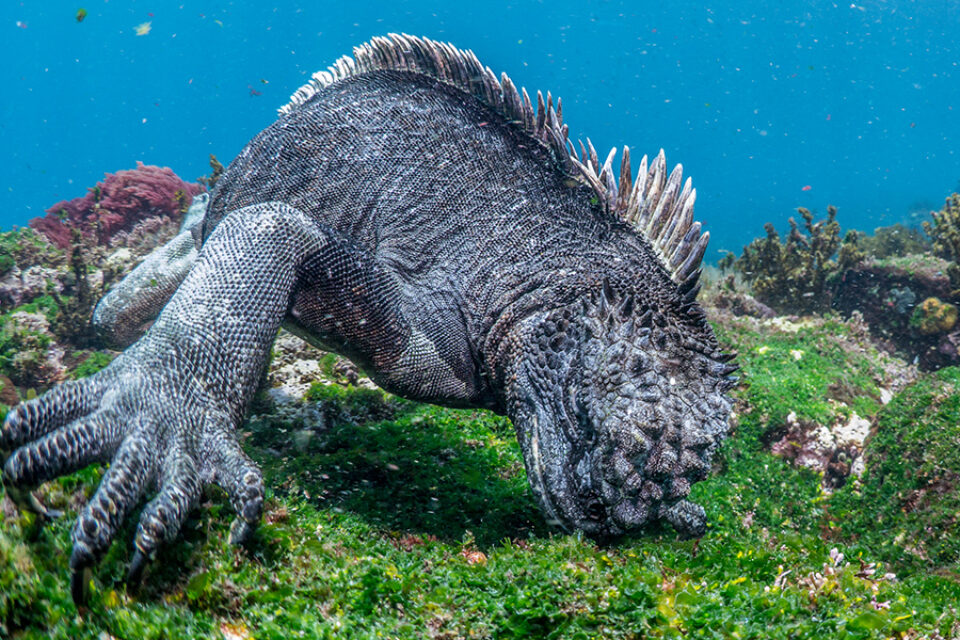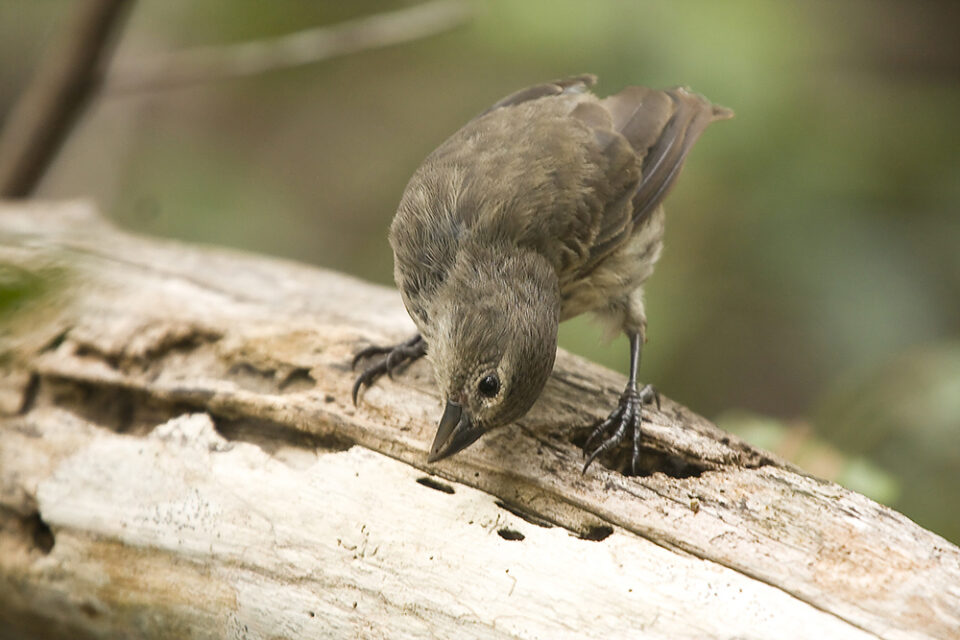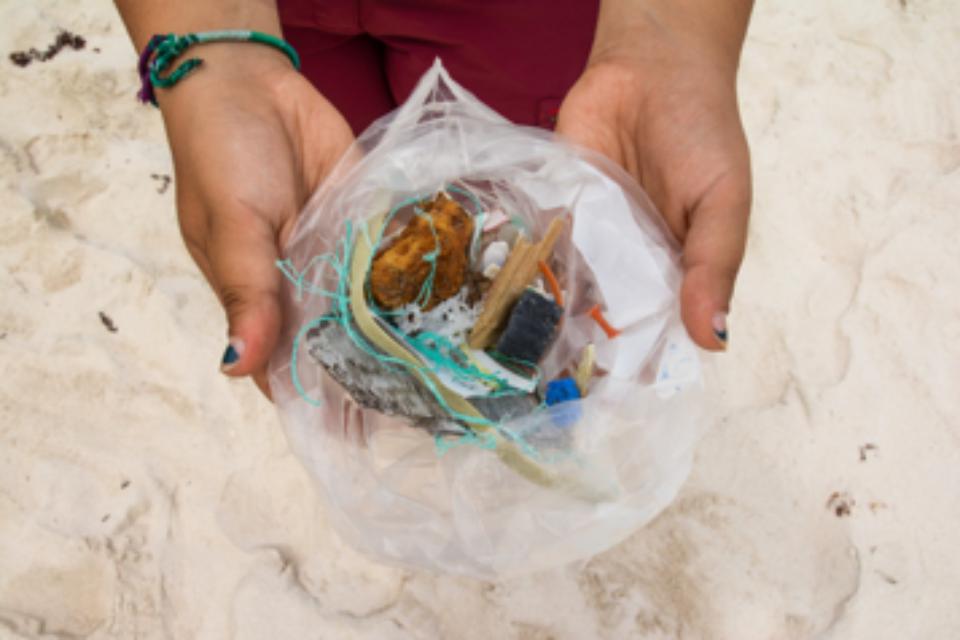
Biodiversity loss
Invasive species
What is being done to save the little vermilion flycatcher?
With its striking red plumage and distinctive call, the little vermilion flycatcher is instantly recognisable. Sadly, this colourful species is under threat, just like many of the Islands’ land birds.
Read more
